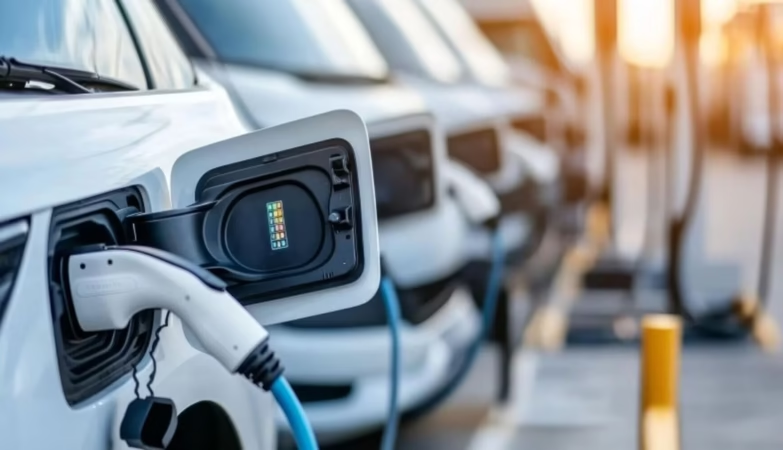More business fleets across the UK are making the switch to electric. Whether it’s to meet local clean air rules or to cut fuel costs, the change is happening fast. But while EVs bring quieter rides and fewer emissions, they also raise new questions for operators, especially when it comes to insurance. Covering a fleet of electric vehicles doesn’t work quite the same way as it does for petrol and diesel models.
For one, repairs can take longer. Even small bumps may involve battery checks, specialist tools, or waiting on parts. Some insurers now factor that into their pricing, since downtime affects not just one vehicle, but the business as a whole. And with EV technology evolving quickly, the risk profile isn’t always clear. That uncertainty can push premiums up or lead to more detailed policy reviews.
The way EVs are stored also plays a role. Vehicles charging overnight need secure locations. If a fire or fault affects multiple cars, the cost rises fast. Businesses now review their charging setups not just for efficiency, but also to reduce potential claims. It’s a shift in mindset from fuel stops and oil checks to managing cables, ports, and software updates.
Insurance providers are starting to respond. Some now offer dedicated plans for fleets using electric vehicles, with support that reflects the different repair processes and parts involved. However, the core structure of fleet insurance remains. Designed for businesses with three or more vehicles, it allows operators to group all vehicles under one policy. This reduces admin, centralises renewal, and can often result in better long-term pricing. The key difference lies in how the risk is measured, and EVs bring a new set of variables into that equation.
One surprising twist is that many electric models come with built-in telematics. These systems track speed, braking, and location. While they were designed mainly for efficiency, that same data can help during claims or even lead to lower premiums if the driving behaviour looks safe. Operators now find themselves using EV tech not just to save power, but to prove their risk profile to insurers. In some cases, this makes negotiations at renewal far easier.
Still, not every EV fleet sees lower rates. The value of electric vehicles tends to be higher, especially for newer models. And because specialist labour is harder to find, some repairs cost more even if the fault is minor. Businesses that jump into EVs expecting cheaper insurance might feel surprised. A more accurate view is that cost depends heavily on how the fleet is managed, who’s driving, and what data is available.
Some companies have found success by building EV adoption into their wider risk strategy. This might include training drivers on new braking systems or on safety. Others review routes to make sure vehicles don’t run low mid-shift. These actions don’t always result in direct savings, but they show insurers that the business is thinking ahead. That kind of planning often earns better terms over time.
Even the structure of the policy itself can shift. A traditional setup might no longer apply if the fleet includes rapid delivery EVs, long-range executive models, and light-duty vans. Customisation becomes essential. That’s where a strong fleet insurance provider matters, someone who understands both transport and the unique traits of electric fleets.
As more electric vehicles hit the road, businesses will need to rethink how they manage protection. The right fleet insurance doesn’t just tick a box; it supports new technology, reduces admin, and keeps downtime in check. The future might run on batteries, but without tailored cover, the risk doesn’t disappear. It just changes shape.











